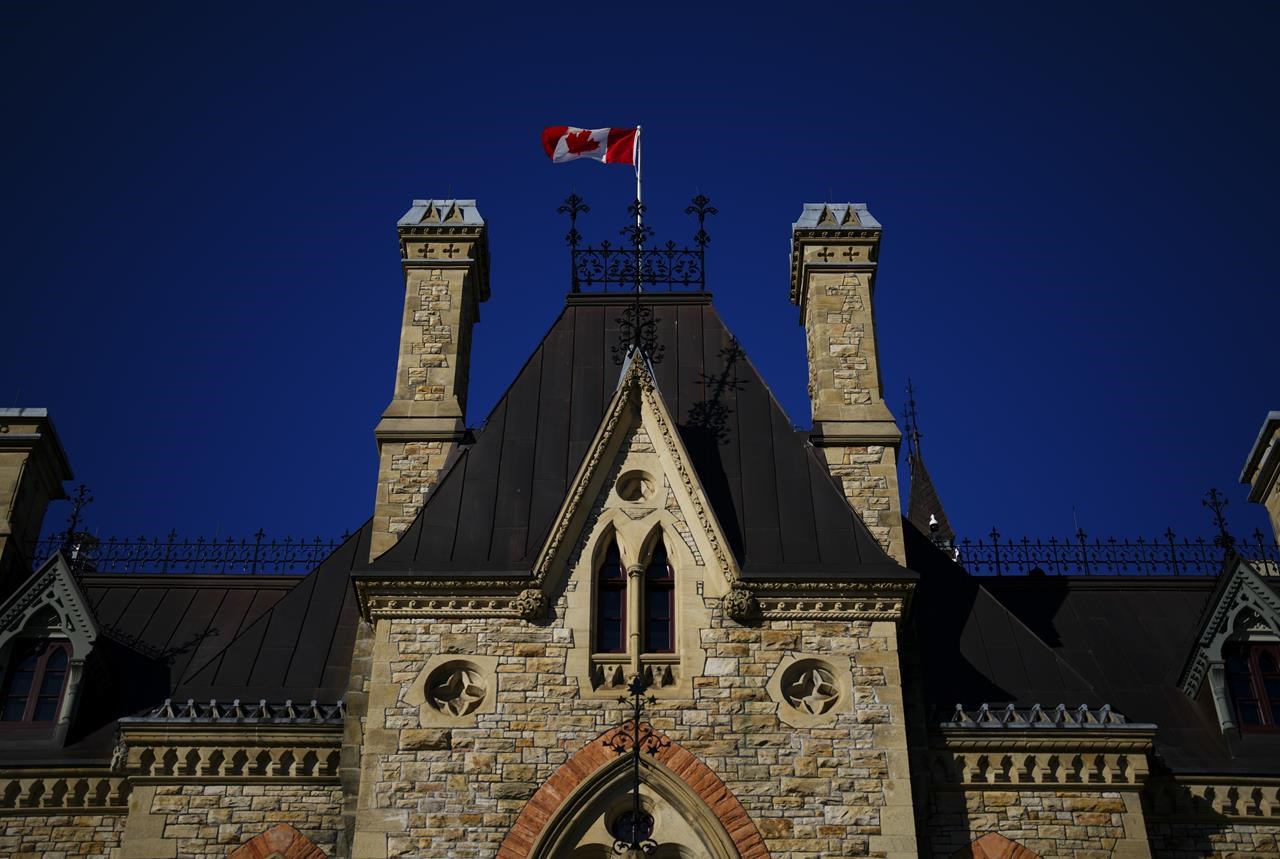Liberals raise capital gains tax on wealthiest Canadians to pay for agenda
Published April 16, 2024 at 4:34 pm

Finance Minister Chrystia Freeland delivered a federal budget Tuesday that keeps the deficit capped at $40 billion, thanks to higher-than-expected government revenues and new taxes that largely offset billions in new spending.
Freeland presented the federal budget in the House of Commons in the afternoon, which pledges $53 billion in new spending that she says is focused on economic justice for younger generations.
“We are moving with purpose to help build more homes, faster. We are making life cost less. We are driving the kind of economic growth that will ensure every generation of Canadians can reach their full potential,” said Freeland in her opening remarks in the House of Commons.
The Liberal government plans to pay for most of its new spending initiatives with higher taxes on the wealthiest Canadians and businesses, and from stronger-than-expected government revenues.
The budget proposes to increase the capital gains inclusion rate, which refers to the taxable share of profit made on the sale of assets.
The taxable portion of capital gains above $250,000 would rise from half to two-thirds, which the federal government says will only affect 0.1 per cent of Canadians and raise nearly $20 billion in revenue over five years.
“I know there will be many voices raised in protest. No one likes paying more tax, even — or perhaps particularly — those who can afford it the most,” said Freeland in her opening remarks in the House of Commons.
“But before they complain too bitterly, I would like Canada’s one per cent — Canada’s 0.1 per cent — to consider this: What kind of Canada do you want to live in?”
James Orlando, TD’s director of economics, said federal spending was speeding up but remains below the government’s self-imposed “speed limit.”
“We’re looking at a deficit profile that is going to be wider than what we saw just a few months ago. And so that means that you’re going to have greater spending, greater debt burden,” Orlando said in an interview.
“But due to the fact that common growth has improved, you still have the government flying under their fiscal anchors.”
In the lead-up to the budget, Freeland promised that the government will abide by the fiscal guardrails it promised in the fall, including keeping the deficit rising above $40.1 billion.
The fall economic statement also set the goal of keeping deficits below one per cent of the GDP beginning in 2026-27 and lowering the debt-to-GDP ratio in 2024-25 relative to the projection.
While the deficit for the 2023-24 fiscal year remained flat at $40 billion, it comes in higher than previously forecast for the rest of the projection horizon.
Still, the deficit, deficit-to-GDP ratio and debt-to GDP ratio are all projected to fall every year until 2028-29.
Federal finances are also benefiting from a stronger economy and higher-than-expected income tax revenues, which also helped the government pay for new measures without blowing through their promised fiscal guardrails.
Nojoud Al Mallees, The Canadian Press
INsauga's Editorial Standards and Policies








